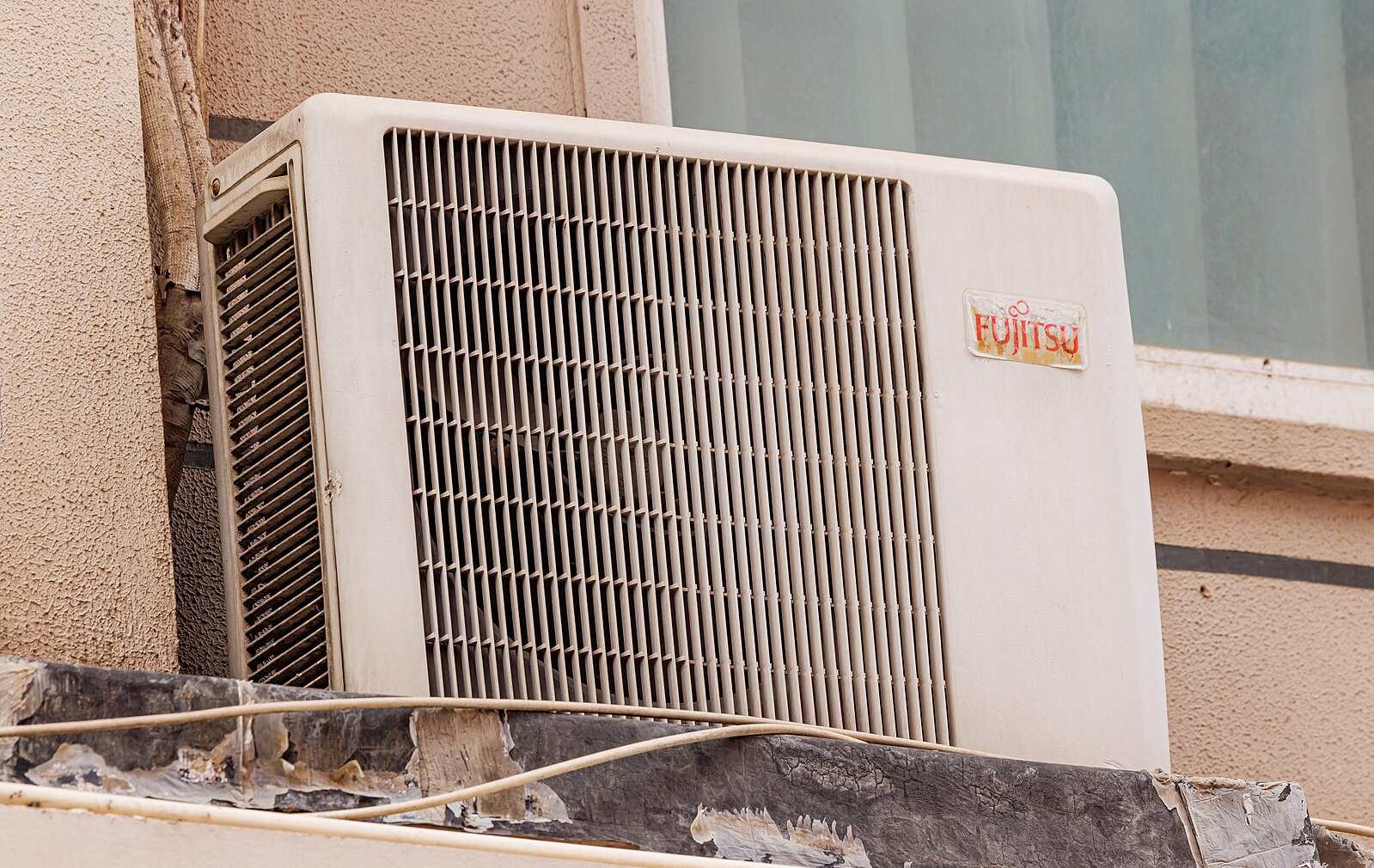In the world of air conditioning systems, understanding and troubleshooting error codes is a crucial skill for both professionals and DIY enthusiasts. When it comes to Fujitsu remotes, the process of retrieving fault codes can be a bit more intricate, but with the right guidance, you can become a master at it. This comprehensive guide will walk you through the step-by-step process of getting fault codes on your Fujitsu remote, equipping you with the knowledge and confidence to tackle any issues that may arise.
Preparing the Unit: Ensuring Optimal Conditions
Before delving into the fault code retrieval process, it’s essential to ensure that your Fujitsu unit is not in Timer/Test Mode. This mode can interfere with the fault code display, so it’s crucial to verify that the unit is in normal operating mode.
Accessing the Fault Code: A Seamless Procedure
 Image source: Fujitsu AC by Raysonho
Image source: Fujitsu AC by Raysonho
-
Press and Hold the Temperature Buttons: Simultaneously press and hold the Temp Up and Temp Down buttons on your Fujitsu remote for 3 seconds. This action will trigger the display of the error code on the remote’s LCD screen.
-
Interpreting the Fault Code: The fault code will consist of a letter followed by two digits, such as “E.0A.” The letter indicates the type of fault, while the digits provide more specific information about the issue.
Decoding the Fault Code: Unlocking the Secrets
To interpret the fault code, you’ll need to refer to the Fujitsu fault code list. This comprehensive resource will help you understand the meaning behind each code, allowing you to identify the root cause of the problem.
Fujitsu Fault Code List
| Fault Code | Description |
|---|---|
| E.0A | Communication error between indoor unit and remote controller |
| F.01 | Indoor unit thermistor failure |
| H.00 | Outdoor unit PCB failure |
| P.01 | Compressor overload |
| L.02 | Float switch error |
Troubleshooting and Resolution: Taking Appropriate Action
Once you’ve identified the fault code, it’s time to take the necessary steps to resolve the issue. Depending on the specific code, the actions may involve:
-
Resetting the Unit: In some cases, a simple reset of the Fujitsu unit may be all that’s needed to clear the fault code and restore normal operation.
-
Cleaning or Replacing Sensors: If the fault code indicates a sensor failure, you may need to clean or replace the affected sensor to rectify the problem.
-
Addressing Power Source Issues: If the fault code points to a power source error, you’ll need to check the power supply and ensure that it’s correctly connected.
-
Dealing with Float Switch Problems: If the unit has a float switch, you’ll need to check the drains for high water levels and ensure that the switch is not stuck or faulty.
-
Replacing the Outdoor Unit PCB: In the event of an outdoor unit PCB failure, you’ll need to replace the PCB to resolve the issue.
Seeking Professional Assistance: When to Call in the Experts
While many fault code-related issues can be addressed through DIY troubleshooting, there may be instances where the problem requires the expertise of a professional HVAC technician. If you’re unsure about the root cause of the issue or feel uncomfortable attempting a repair, it’s always best to consult a qualified professional who can provide the necessary assistance.
Conclusion
Mastering the art of fault code retrieval on Fujitsu remotes is a valuable skill that can save you time, money, and frustration when dealing with air conditioning system issues. By following the step-by-step guide outlined in this comprehensive manual, you’ll be well on your way to becoming a fault code deciphering expert, empowering you to tackle any Fujitsu remote-related problems that come your way.
